It's not just sweet. A mix of different ingredients creates the equilibrium.
You see the almonds and you taste their bitterness, you see the hazelnuts and you feel their aroma, you see the fruits and you get the acidity that distinguishes them.
You give it a bite and you savour the unmistakable taste of honey.
Eating it, people recognize the real taste of Italian nougat. Because, today as in the past, it corresponds to tradition. Because it is not just a copy, but the production without changes of the original one.




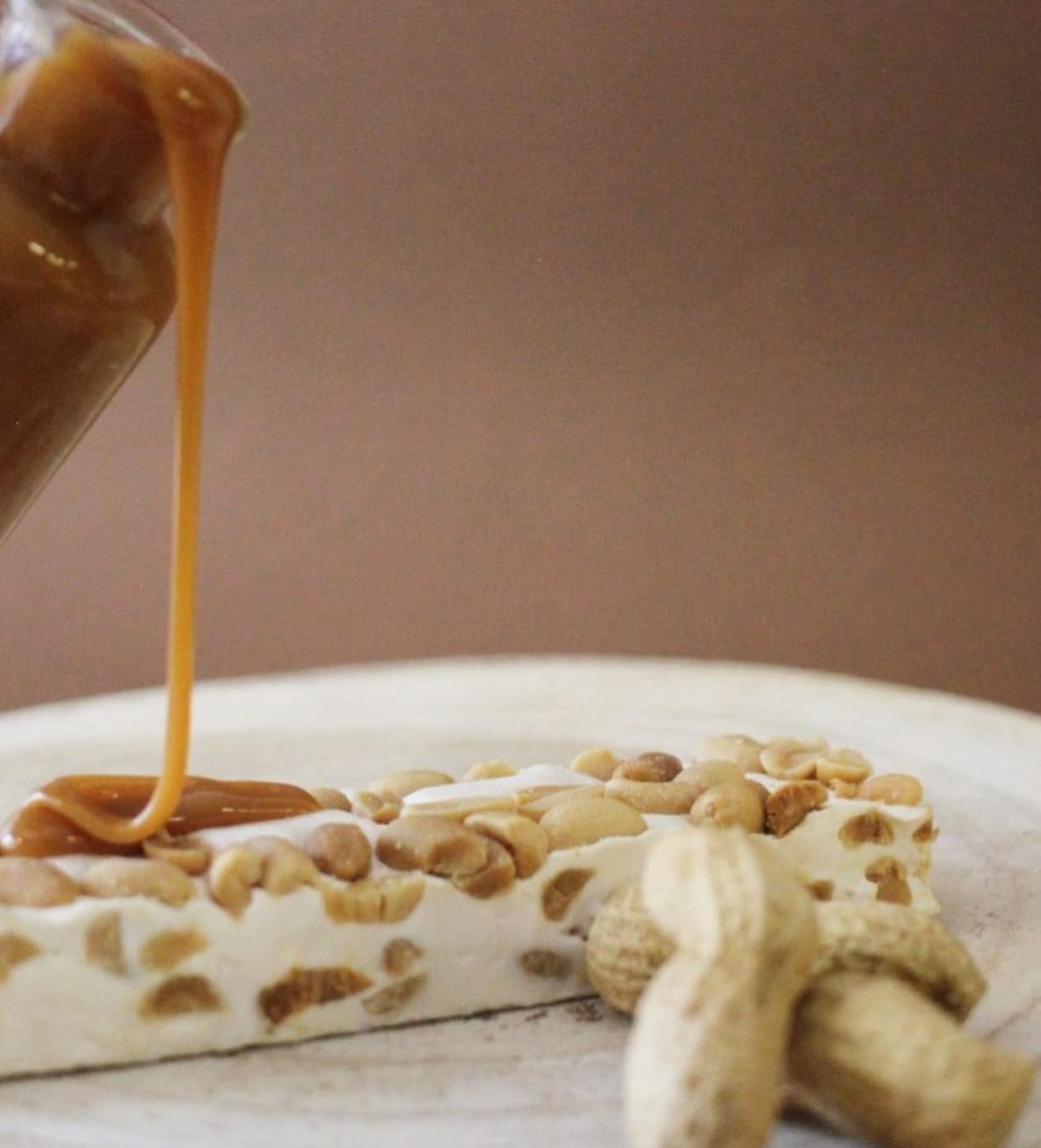
Each person experiences flavour and taste in a different way. Flavour is developed by combining ingredients in a complementary or contrasting manner.
Nougat is the result of a contrast. The bitter almonds and the sweet honey need to be perfectly dosed to get the right result. In every bite you discover this peaceful conflict between sweet and bitter. Balancing the ingredients with experience is the key, and Dolcital boast almost 100 years of knowledge.

Eyes see when the nougat dough is ready to be collected, hands feel when the right consistency is reached.
The nougat is hot and heavy: strong arms are necessary to lift it.
Attention and ability are mandatory to spread the nougat into the molds and to place accurately the fruit decorations on the top of cakes and bars.
Speed and precision are requested to positioned each piece of Tuttemandorle.
Accuracy and knowledge are needed to hand cut the nougats.
There are machines, but people in Dolcital matter more.
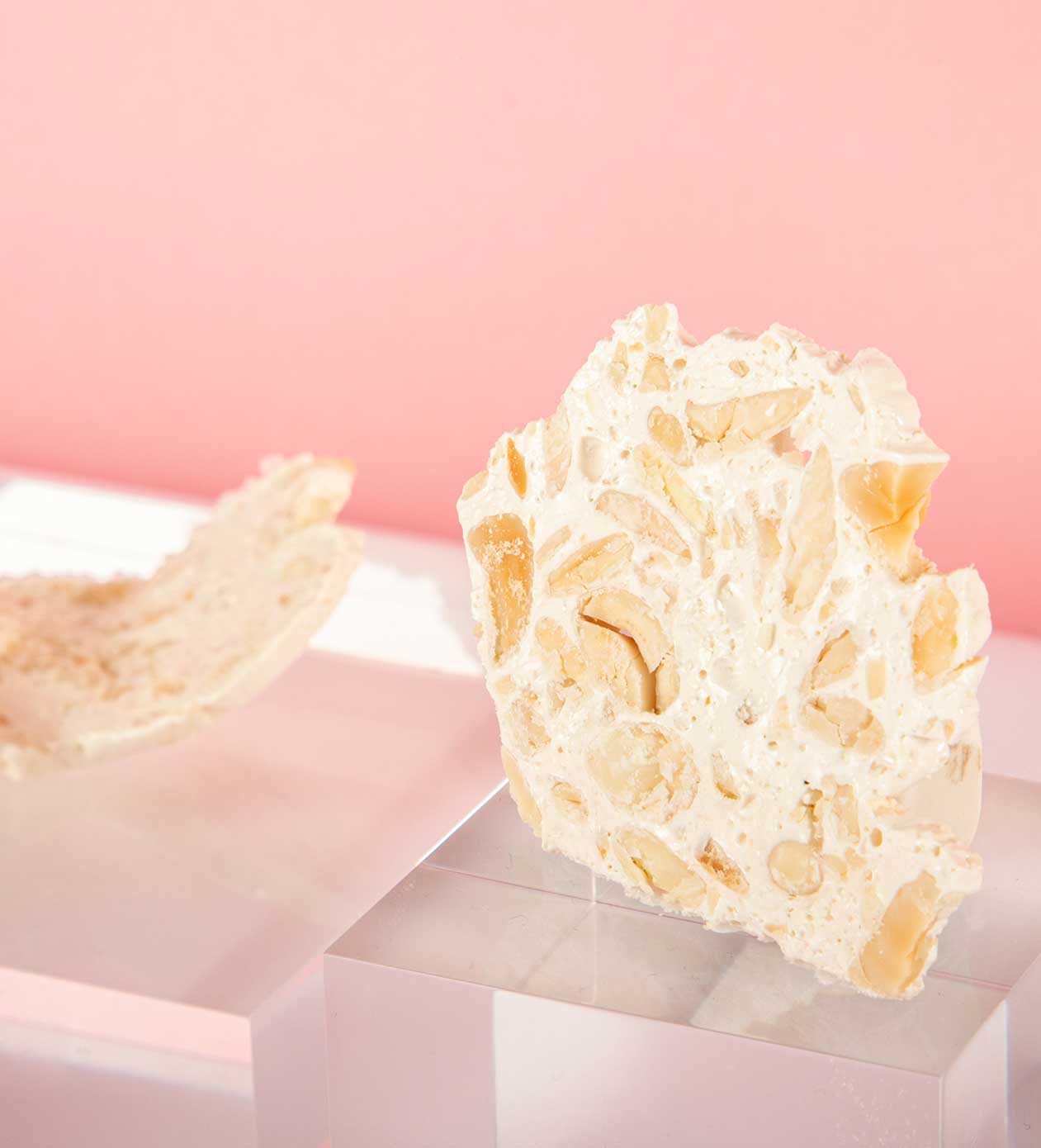


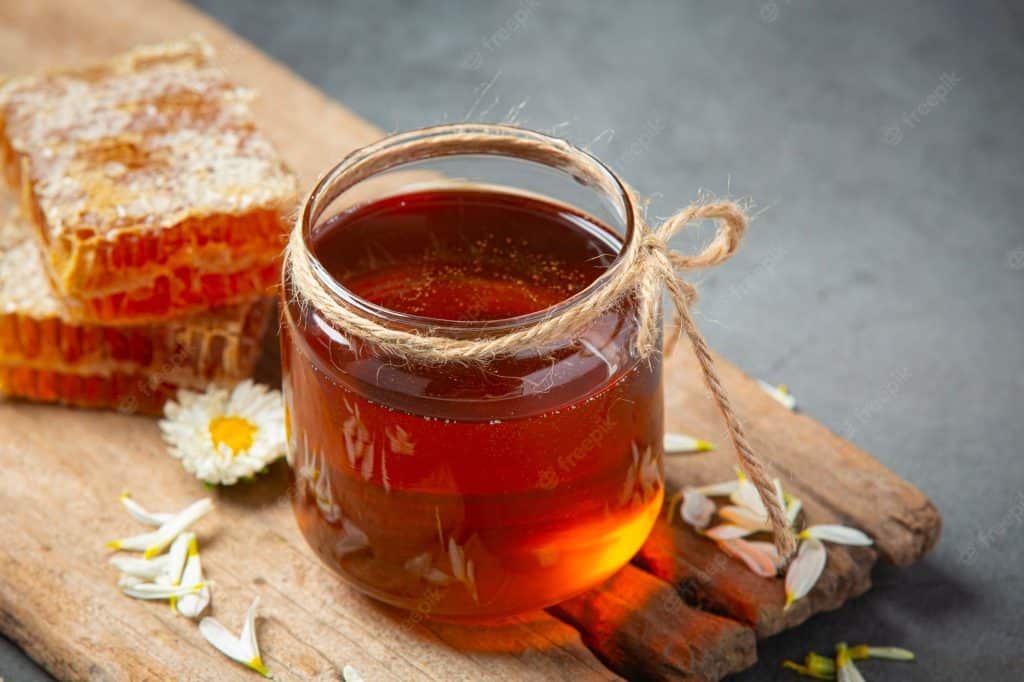
Dolcital smells of honey.
For high-end products, organic honey from Monte Grappa is preferred. This mountain area is rich in floral species that make honey unique and distinctive. The whole altitude of the mountain is exploited: beekeepers move their hives from 200 meters above sea level up to 1780 meters, reaching the top of the mount. There, bee colonies develop in a crystalline environment. Dolcital offers nougat products with a high percentage of honey (up to 49%). Higher is the quantity of this ingredient in the recipe, higher the ability to cook the nougat needs to be. Only masters can manipulate it without compromising its nutritional properties and standards.


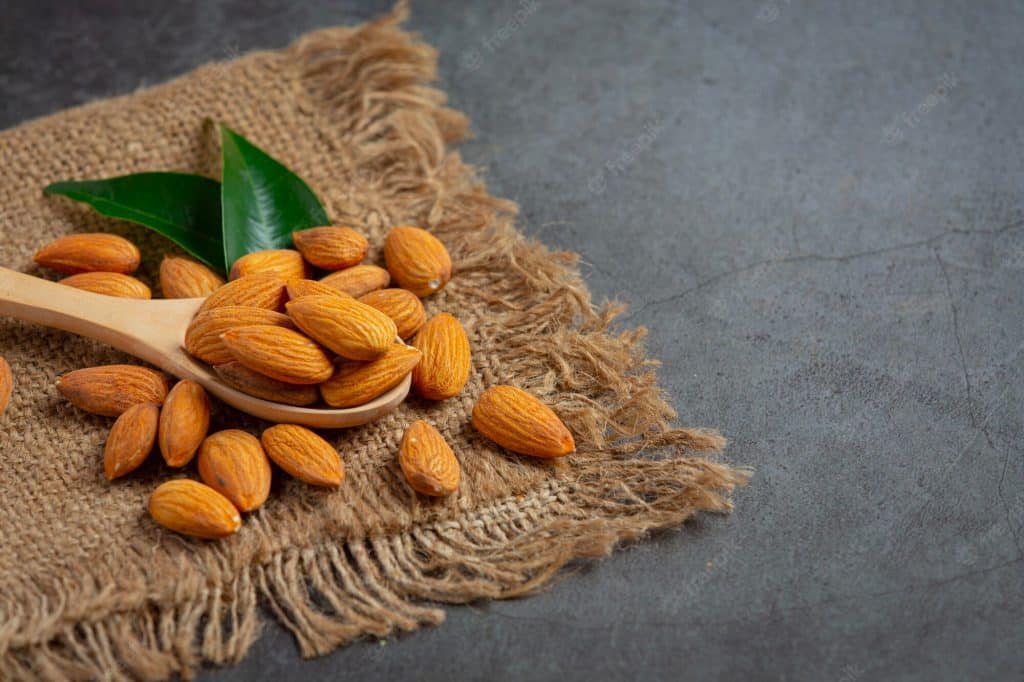
Among the almonds used, the Mediterranean ones are preferred.
Their characteristic bitter note perfectly matches with the sweetness of the nougat.
The roasting process is made by Dolcital, so to control the quality of the almonds and preserve their aroma.
It’s all about balancing the contrasts: the bitterness of the nuts and the sweetness of the honey, the crunchiness of the almonds and the softness of the dough, the darkness of the skin and the whiteness of the nougat.

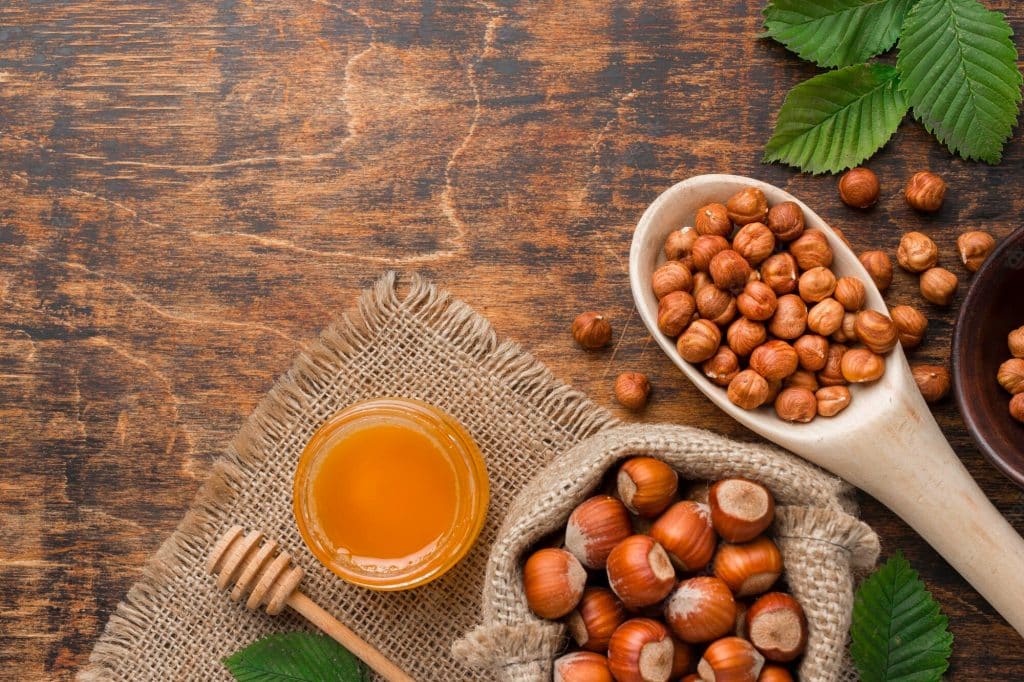
Perfect in the chocolate-covered nougats because cocoa and hazelnut is one of the most successful combinations.
Everyone’s palate can confirm it.
The roasting process increases its sweet and buttery flavour up to 10 times more. In this way not only the taste of the hazelnut is enhanced but also the aroma of the nougat.
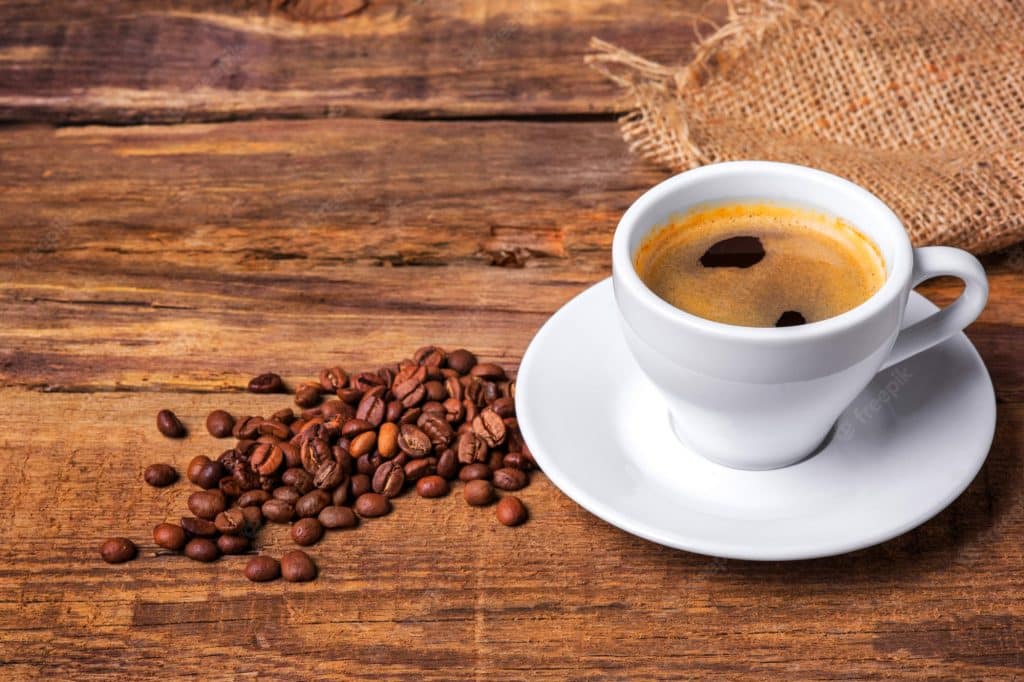

Added to the dough when it is still hot, it gives color and taste to the nougat and perfectly matches with the chocolate coating.
Dolcital uses only Illy espresso Italian coffee extract for its nougats.
Even Fiorenzo, the founder of the company, couldn’t give up coffee, that in the past was directly prepared by him.
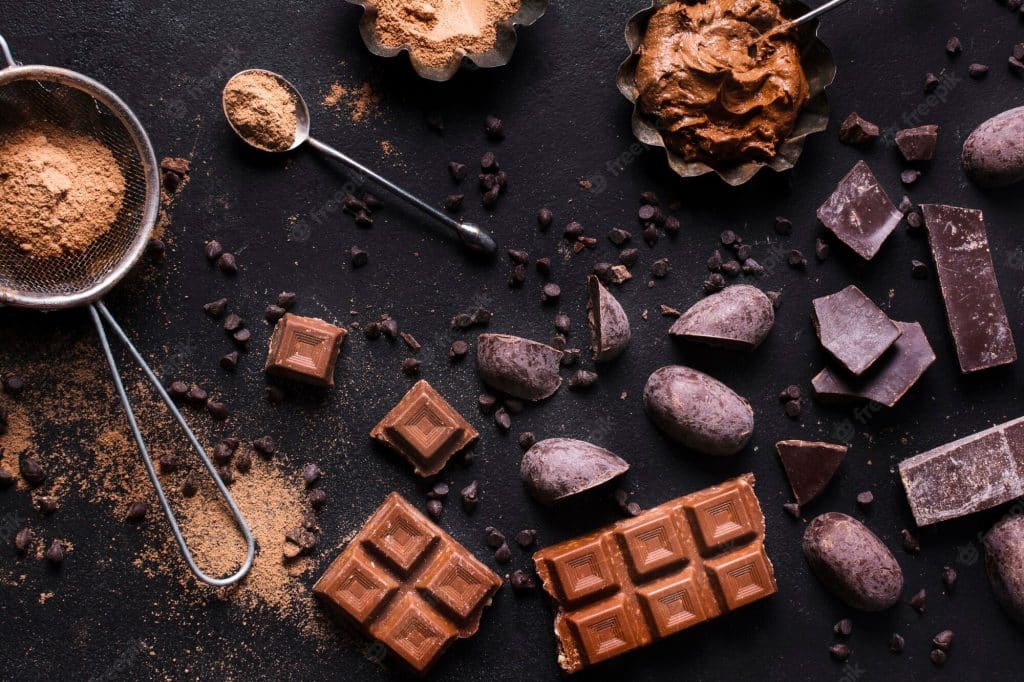

The one used by Dolcital is pure Belgian chocolate.
No substitutes are used to give the product lucidity and the raw material obviously does not contain hydrogenated fats.
The selection of chocolate is scrupulous: the dark one is not too bitter and it differs in the various recipes.
The one used to cover the nougat sticks is not the same used to cover the mini soft nougat pieces. Each product requires attentions, researches and its appropriate chocolate.

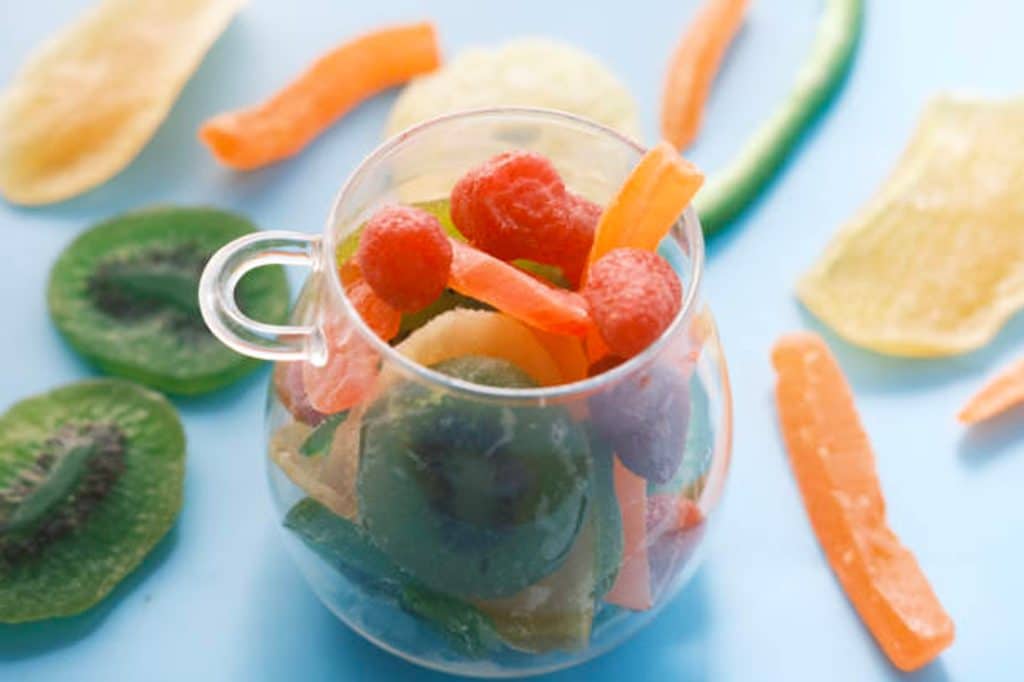
Selected with attention and with no artificial colourings, the fruit gives flavour and freshness to the nougat.
Sometimes it is exotic (pineapple, papaya and mango), sometimes it is of Italian origin (bergamot from Calabria, oranges).